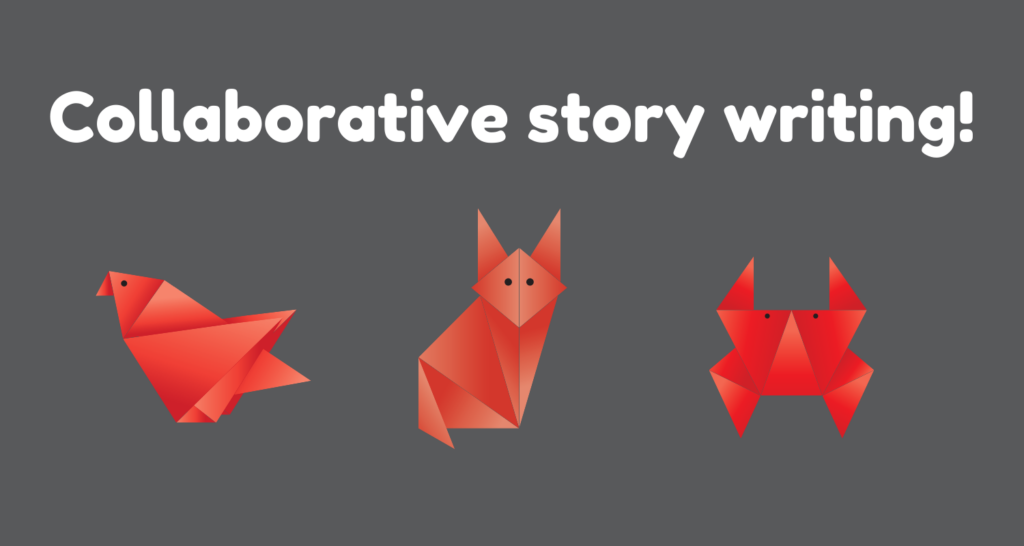The Art of Plot Writing

Learning Objectives
- Understand Plot Structure: You will learn the components of a classic plot structure, including exposition, rising action, climax, falling action, and resolution.
- Creativity in Writing: Use your creativity to develop engaging and coherent stories using the plot structure.
- Use of Language: Enhance your ability to express complex ideas and narratives using your own words, focusing on clarity, coherence, and appropriate vocabulary for your audience.
- Analytical Skills: Develop your skills in analyzing and critiquing your own work and that of your peers, focusing on how well the plot is developed and communicated.
Content
A Plot is the sequence of events that make up a story, essentially the narrative structure that guides the story’s flow from beginning to end. It’s the framework upon which a story is built, determining how the narrative unfolds, develops, and concludes.
The plot includes the setup of the story’s world, the introduction of characters, the presentation and escalation of conflict, and the resolution of that conflict, leading to the story’s climax and denouement.
Key Components of a Plot
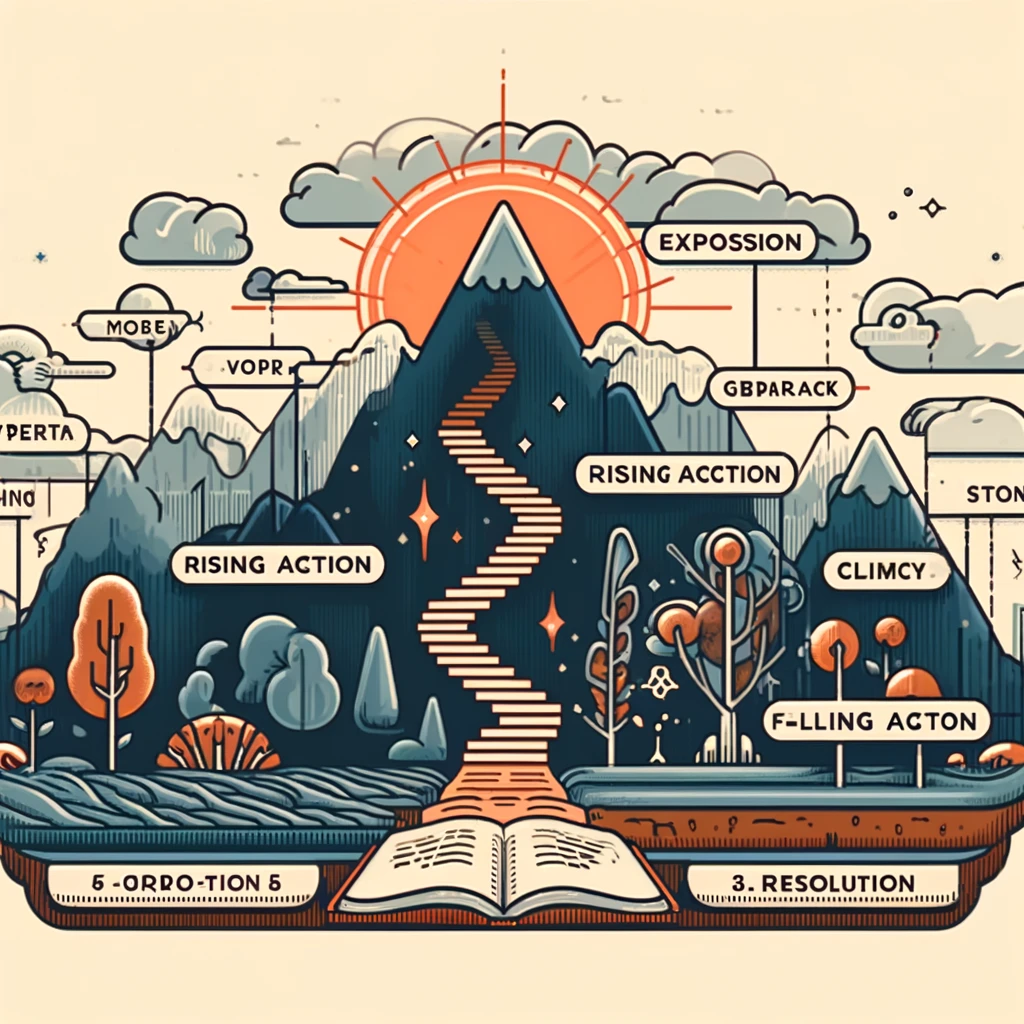
Exposition
Introduces the background information, setting, characters, and initial situation.
Rising Action
Presents a series of events that create suspense, interest, and tension, leading to the climax. This includes complications and developments that challenge the characters and intensify the conflict.
Climax
The turning point of the story, where the main conflict reaches its peak. It’s the moment of greatest tension, determining the outcome of the narrative.
Falling Action
Events following the climax, leading towards the resolution. Conflicts begin to resolve, and the story moves towards its conclusion.
Resolution (Denouement)
The conclusion of the story, where loose ends are tied up, conflicts are resolved, and the story’s outcome is revealed.
Uses of Plots
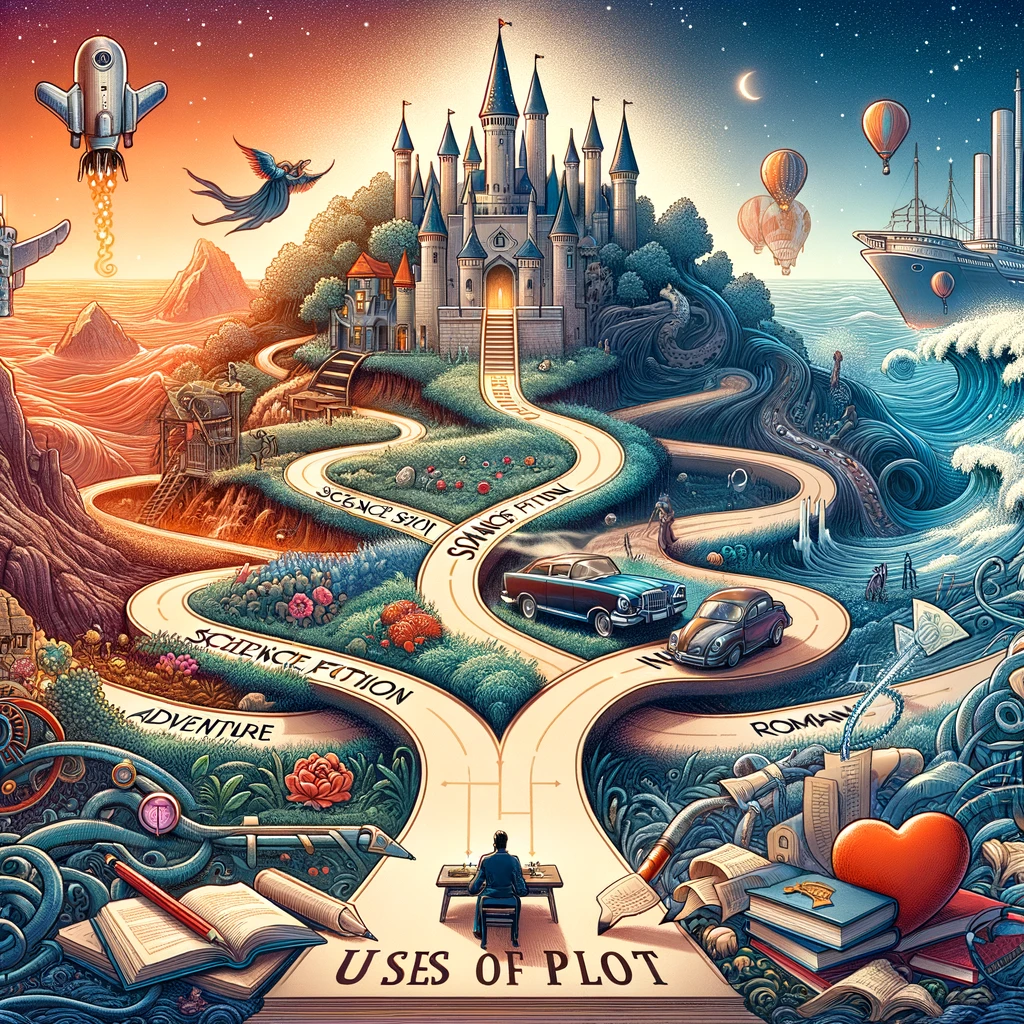
Storytelling
At the heart of storytelling across mediums – novels, short stories, films, plays, and even video games. A well-constructed plot captures the audience’s interest and evokes emotional responses.
Communication
Helps in structuring and delivering oral narratives or presentations, making information more engaging and memorable.
Marketing and Advertising
Used in creating compelling narratives around products or brands to connect with consumers on an emotional level.
Education and Training
Utilized in case studies, scenarios, and simulations to facilitate learning through storytelling, making complex information accessible and relatable.
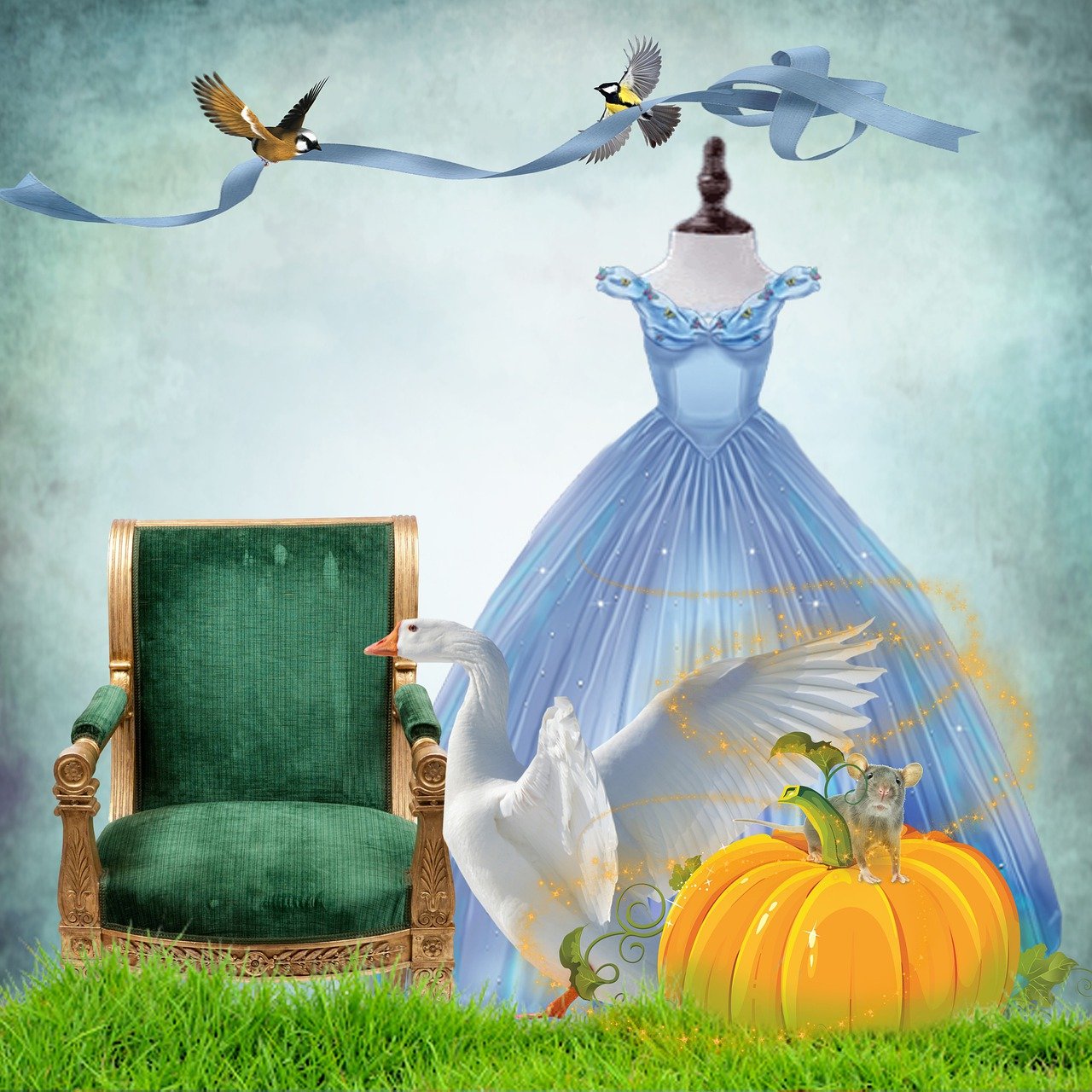
“Cinderella”
Exposition:
The story introduces Cinderella, a kind-hearted young woman who lives with her wicked stepmother and stepsisters. They treat her poorly, making her do all the housework and sleep in the ashes, which is why they call her Cinderella. The setting is established in a faraway kingdom, and the initial situation outlines Cinderella’s struggles and dreams of a better life.
Rising Action:
The King announces a royal ball to find a bride for the Prince. Cinderella wishes to attend, but her stepmother forbids it, leaving her behind. The rising action escalates as Cinderella’s Fairy Godmother appears, magically providing her with a beautiful dress, glass slippers, and transportation to attend the ball, but with the condition that she must return by midnight when the magic wears off.
Climax:
At the ball, Cinderella captivates everyone, especially the Prince. They dance together, and he is smitten with her. However, as midnight approaches, Cinderella remembers the Fairy Godmother’s warning and rushes to leave, accidentally leaving behind one glass slipper on the palace stairs. This is the turning point, as the glass slipper becomes the key to her future happiness.
Falling Action:
The Prince, determined to find the mysterious girl who stole his heart, takes the glass slipper and searches the kingdom. He arrives at Cinderella’s house, where the stepmother tries to prevent Cinderella from trying on the slipper. Despite her efforts, Cinderella manages to try on the glass slipper, which fits perfectly.
Resolution (Denouement):
The resolution occurs when the Prince recognizes Cinderella as the girl he fell in love with at the ball. Cinderella is freed from her life of servitude, and she forgives her stepmother and stepsisters for their cruelty. Cinderella and the Prince marry, marking the story’s happy ending, where Cinderella’s kindness and resilience are rewarded, and she lives happily ever after with the Prince.
This example of “Cinderella” showcases how the classic plot structure guides the story from the introduction of the protagonist and her world, through the development of the central conflict, to the climax where the conflict reaches its peak, followed by the falling action leading to the resolution where the conflict is resolved.
SETTING

Learning goals
Understand Movie Settings: Learn the importance and impact of settings in movies.
Analyze Movie Characteristics: Identify how settings influence the plot and characters.
Develop Creative Writing Skills: Practice writing short stories with detailed settings.
Understand Movie Elements: Incorporate elements like setting, character development, and plot into your writing.
Apply Storytelling Techniques: Use various techniques to enhance your narrative.
Content
Definition of setting
- The setting of a movie includes the time, place, and environment in which the story occurs. It establishes the backdrop against which the characters’ actions unfold.
Importance of the setting
- Mood and Atmosphere: The setting sets the tone and mood of the story. For example, a dark, stormy night can create a sense of suspense.
- Character Development: The setting can influence characters’ behavior, attitudes, and lifestyles. For example, characters in a bustling city may be different from those in a quiet village.
- Plot Advancement: The setting can drive the plot forward by presenting challenges and opportunities for the characters.
Elements of Setting
Time
Historical period, time of day, season, etc.
Place
Location, geography, environment, etc.
Social Environment
Cultural context, social norms, societal structures, etc.
Real-World Examples


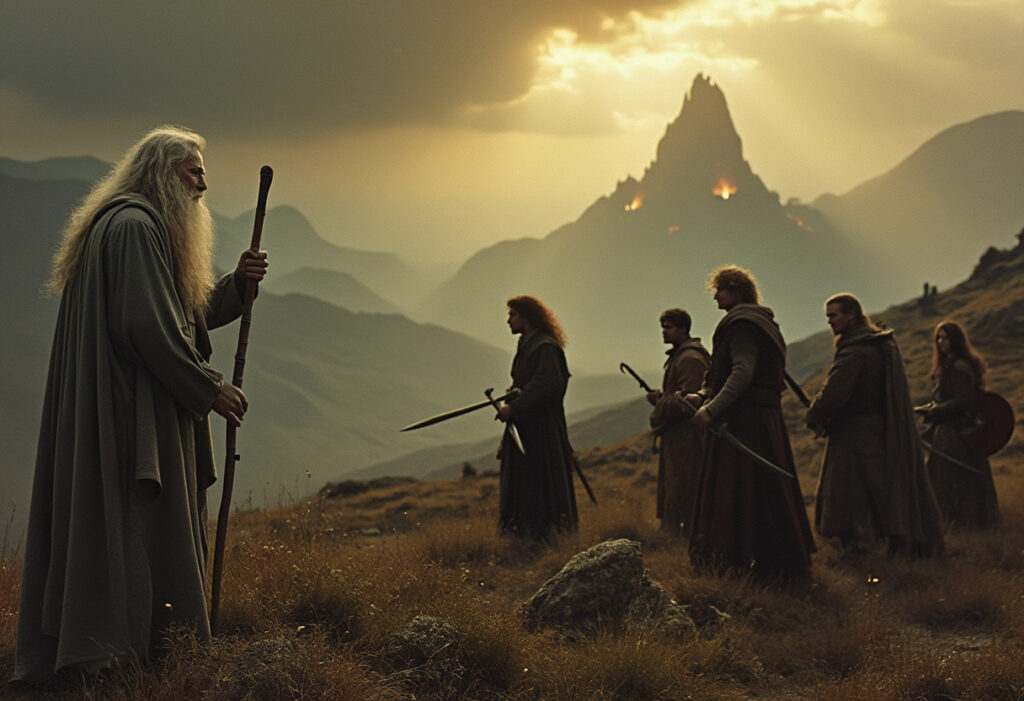
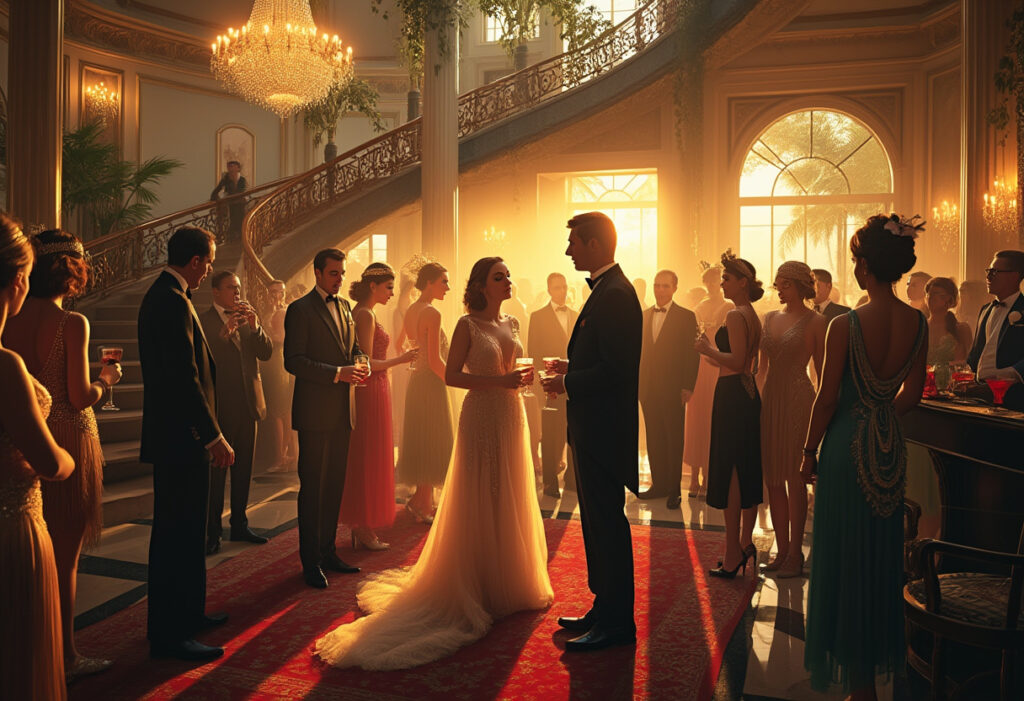
Creative WritinG – Short Stories

Content
Key Components in Creative Writing
Setting
The time and place where the story occurs. It establishes the backdrop and can influence the plot and characters.
- Example: A dystopian future city, a medieval castle, or a bustling modern metropolis.
Character Development
Creating characters with distinct personalities, motivations, and growth throughout the story.
- Example: A brave knight, a cunning detective, or a conflicted hero.
Plot
The sequence of events that make up the story. It includes the introduction, rising action, climax, falling action, and resolution.
- Example: A hero’s journey to find a lost artifact, a mystery to solve a crime, or a romance blooming against all odds.
Conflict
The challenge or problem that drives the story forward.
- Example: A battle between good and evil, an internal struggle, or a race against time.
Resolution
The conclusion where the conflicts are resolved, and the story comes to an end.
- Example: The hero defeats the villain, the mystery is solved, or the characters find peace.
How to write creatively – Short stories for Movies
Step 1: Brainstorming Ideas
Inspiration:
- Draw inspiration from your surroundings, personal experiences, or other media like books, movies, and news.
- Think about what genres interest you (e.g., mystery, romance, sci-fi) and what messages or themes you want to convey.
Concept:
- Develop a central concept or premise. This is the core idea that your story will revolve around.
- Example: A young girl discovers she has magical powers and must save her village from an ancient curse.
Step 2: Creating Characters
Protagonist:
- Your main character should be relatable and well-developed.
- Consider their background, personality, goals, and conflicts.
- Example: Lily, a brave but inexperienced girl who discovers her magical abilities.
Supporting Characters:
- Create supporting characters that help or hinder the protagonist.
- Ensure each character has a purpose and contributes to the story.
- Example: An old wizard who mentors Lily and a jealous friend who tries to sabotage her efforts.
Step 3: Setting the Scene
Setting:
- Describe the time and place where your story occurs. This helps set the tone and atmosphere.
- Include sensory details to make the setting vivid and immersive.
- Example: A quaint village surrounded by dark, enchanted forests with whispers of ancient spells.
Step 4: Plot Development
Plot Structure:
- Use a clear structure to organize your story: introduction, rising action, climax, falling action, and resolution.
- Ensure the plot is engaging and keeps the reader interested.
Conflict:
- Introduce a central conflict or problem that the protagonist must solve.
- Example: Lily’s village is cursed, and she must find a way to break the curse using her newfound powers.
Climax:
- Build up to a climax where the conflict reaches its peak.
- Example: Lily faces the ancient evil that cursed the village in a dramatic showdown.
Resolution:
- Conclude the story by resolving the conflict and tying up loose ends.
- Example: Lily defeats the ancient evil, and peace is restored to the village. She is celebrated as a hero.
Step 5: Writing Dialogue
Natural Dialogue:
- Write dialogue that sounds natural and reflects the characters’ personalities.
- Use dialogue to advance the plot and reveal character traits.
- Example:
- Wizard: “Lily, you possess a rare gift. Only you can break the curse.”
- Lily: “But how? I don’t even know how to use my powers!”
Step 6: Adding Descriptive Language
Show, Don’t Tell:
- Use descriptive language to show emotions, actions, and settings rather than simply telling the reader.
- Example: Instead of writing “Lily was scared,” write “Lily’s heart pounded as she stepped into the dark, silent forest.”
Sensory Details:
- Include details that appeal to the senses to create a vivid picture.
- Example: “The air was thick with the scent of pine and the distant sound of rustling leaves.”
Step 7: Editing and Revising
First Draft:
- Write your first draft without worrying too much about perfection. Focus on getting your ideas down.
Revising:
- Read through your story and make changes to improve clarity, coherence, and engagement.
- Check for plot holes, inconsistent character behavior, and weak dialogue.
Feedback:
- Share your story with peers or mentors and seek constructive feedback.
- Use their input to make further revisions.
Final Draft:
- Polish your story by correcting grammar, punctuation, and spelling errors.
- Ensure the final draft is cohesive and ready for readers.
Example: Short Story for a Movie
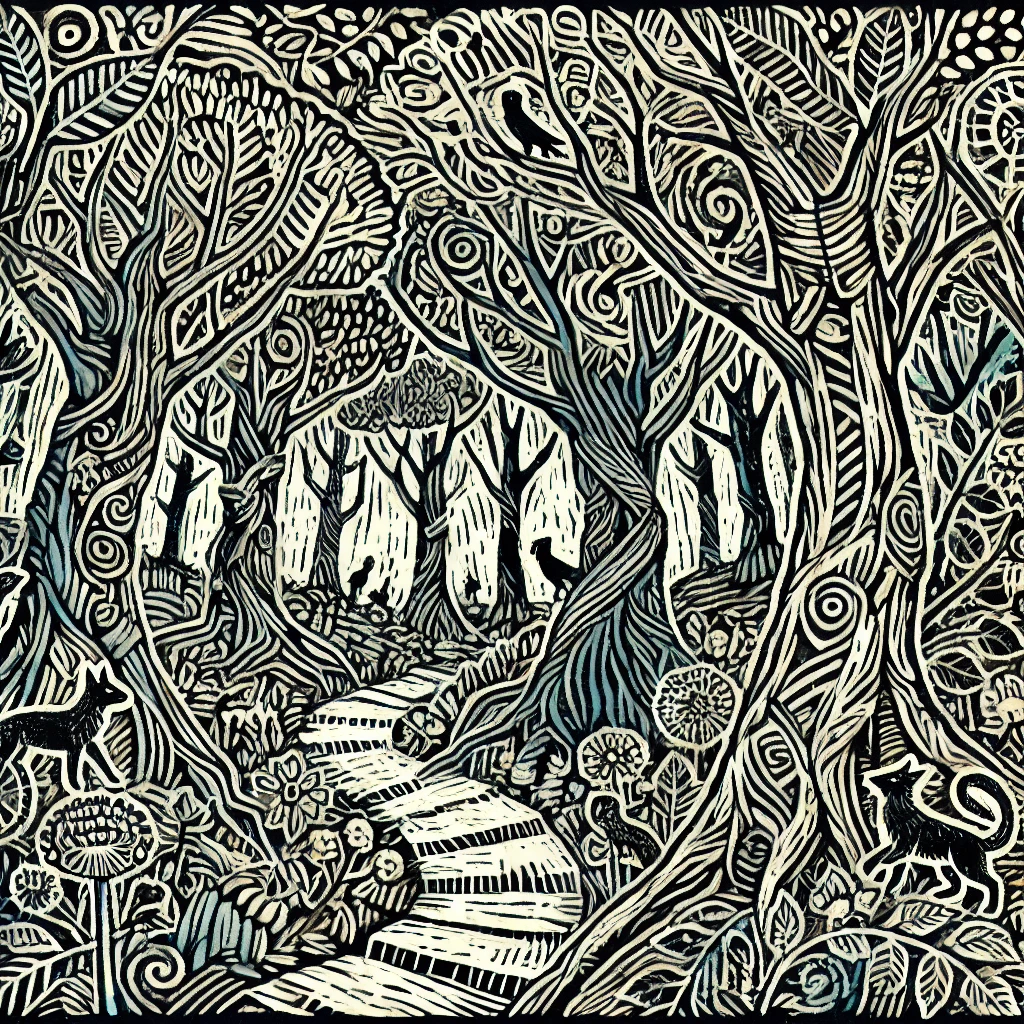
Title: The Enchanted Forest
Introduction: Lily lived in a peaceful village surrounded by an ancient forest. One day, a dark curse fell upon the village, bringing illness and despair. The village elder revealed that only the chosen one could lift the curse. To everyone’s surprise, Lily was the chosen one.
Rising Action: Determined to save her village, Lily sought the guidance of an old wizard living at the edge of the forest. The wizard taught her about her magical heritage and the powers she possessed. Armed with newfound knowledge, Lily ventured into the forest, where she faced numerous challenges and discovered hidden secrets about her past.
Climax: Deep within the forest, Lily encountered the source of the curse – an ancient evil spirit. A fierce battle ensued, testing Lily’s courage and strength. With the help of the wizard’s teachings and her own determination, Lily managed to defeat the spirit.
Falling Action: With the spirit vanquished, the curse lifted, and the village began to heal. Lily returned home, hailed as a hero by her fellow villagers. She realized the true extent of her powers and vowed to protect her village from any future threats.
Resolution: Peace was restored to the village, and Lily continued to learn and grow as a powerful sorceress. She knew that her journey had just begun and that many adventures awaited her in the enchanted forest.
Additional Resources
– Creative writing
– MasterClass Writing Classes – Level up Your Writing
Learning activities
(Plot, Setting, Creative writing)
EGB
Setting Description Challenge
Objective: Describe movie settings in detail to understand their impact.
Instructions:
- Preparation: Choose a scene from a popular movie that has a distinct setting.
- Task: Write a detailed description of the setting without revealing the movie title. Focus on sensory details such as sight, sound, and smell.
- Class Activity: Read your descriptions aloud, and have classmates guess which movie or scene you are describing.
- Example: Describe the Great Hall from “Harry Potter” focusing on the enchanted ceiling, long tables, and floating candles.
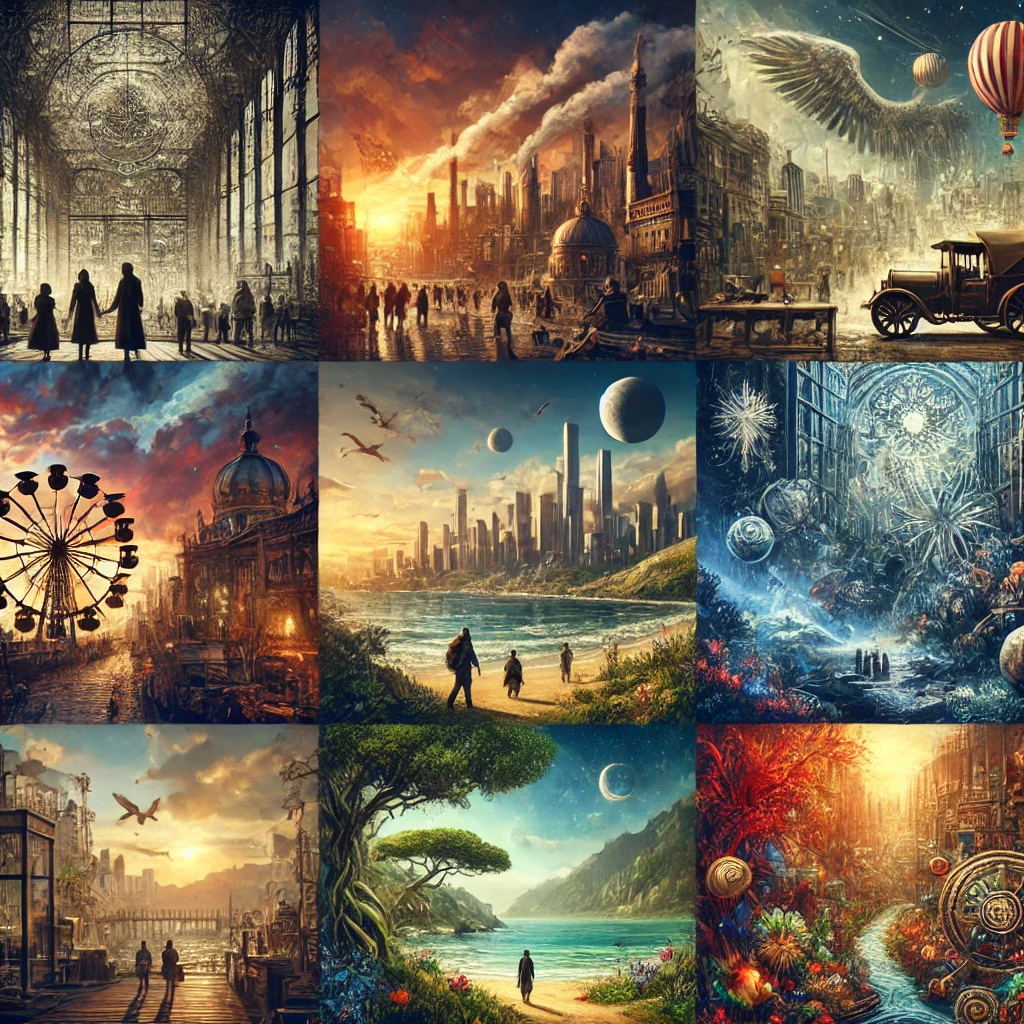
Character Creation and Short Story
Objective: Develop a character and write a short story featuring them.
Instructions:
- Character Profile: Create a character profile, including name, age, personality traits, background, and goals.
- Short Story: Write a short story (one to two paragraphs) featuring your character. Focus on how the character’s traits influence the plot.
- Sharing: Share your character and story with a partner and discuss how the character drives the narrative.
- Example: Create a young wizard who struggles with controlling his powers and write a story about his first day at a magic school.
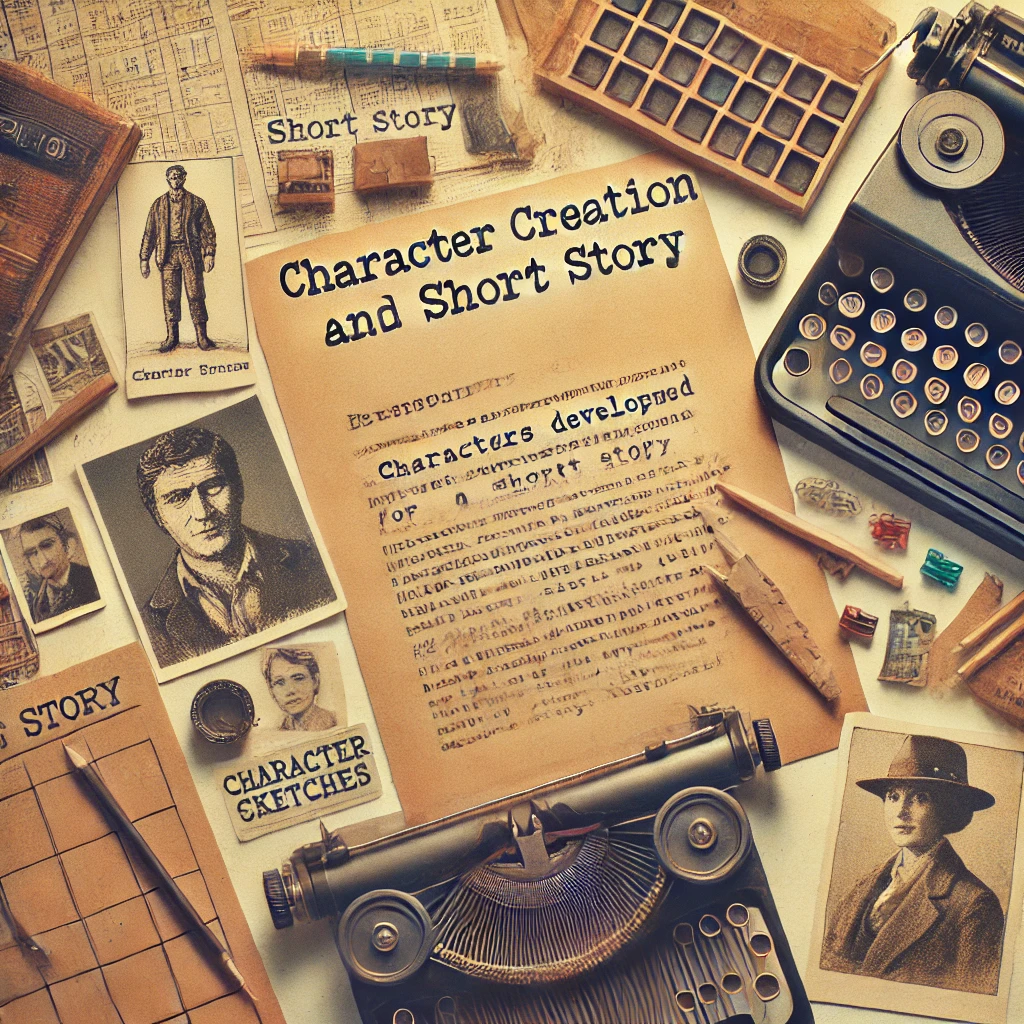
Setting Creation and Short Story Writing
Objective: Create a setting and write a short story using it.
Instructions:
- Task: Invent an original setting for a story. Describe it in detail, including time, place, and social environment.
- Writing: Write a short story (three to ten short paragraphs) set in your created environment. Ensure that the setting influences the plot and characters.
- Sharing: Share your short story with a partner and discuss how the setting impacts the narrative.
- Example: Create a setting in a futuristic city with advanced technology and write a short story about a day in the life of a citizen.
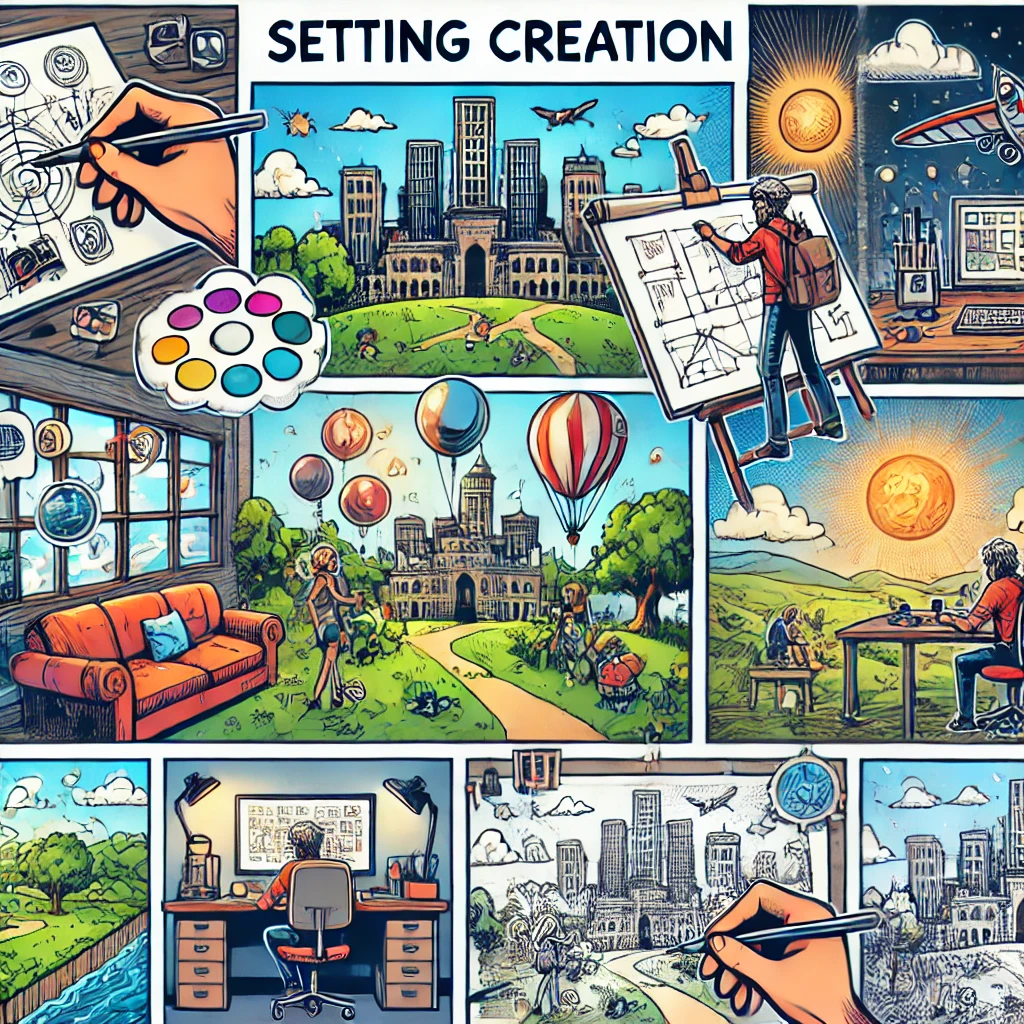
BGU
Comparative Setting Analysis
Objective: Compare and analyze settings from different movies.
Instructions:
- Preparation: Choose two movies with contrasting settings.
- Task: Write a comparative analysis of the two settings. Discuss how each setting influences the mood, characters, and plot.
- Class Discussion: Share your analysis with the class and discuss the different impacts of the settings.
- Example: Compare the settings of “The Great Gatsby” (1920s New York) and “Mad Max: Fury Road” (post-apocalyptic desert).
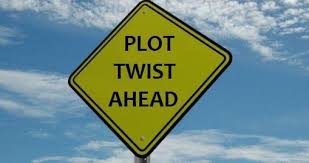
Plot Twist Challenge
Objective: Write a story with an unexpected plot twist.
Instructions:
- Story Setup: Write the beginning of a story, introducing the setting, characters, and initial conflict.
- Plot Twist: Incorporate an unexpected plot twist that changes the direction of the story.
- Class Discussion: Share your plot twists with the class and discuss how they change the narrative.
- Example: Write a story about a detective solving a crime, with the twist revealing the detective is actually the culprit.

Collaborative Story Writing
Objective: Work in groups to create a cohesive story.
Instructions:
- Group Work: Form groups of three to four students. Each group member writes a part of the story: introduction, rising action, climax, and resolution.
- Combining Parts: Combine the parts to form a complete story.
- Presentation: Present your story to the class, focusing on how each part contributes to the overall narrative.
- Example: Create a story about a heist, with each member writing different stages of the heist.
